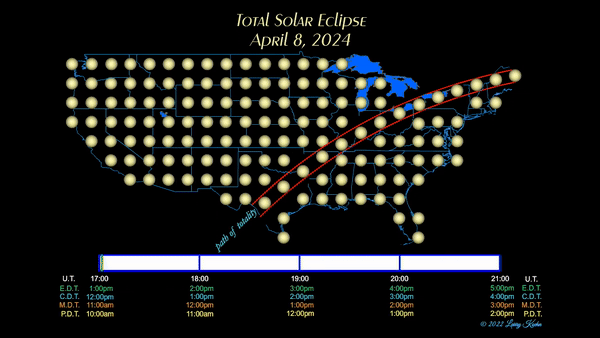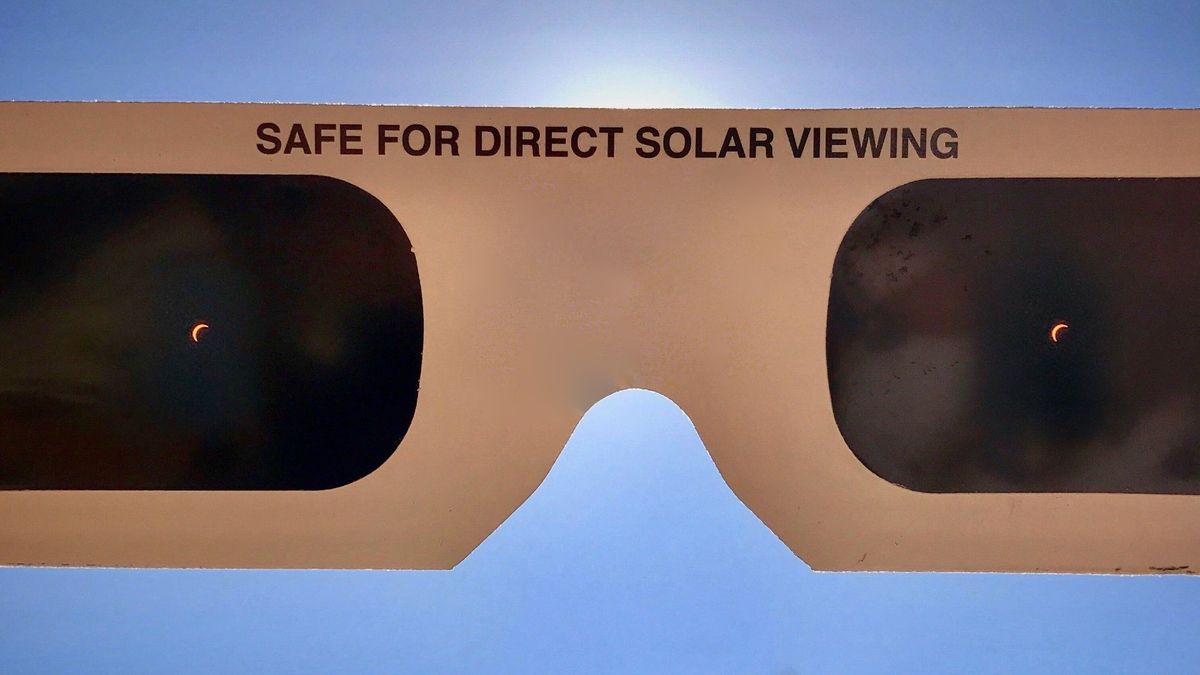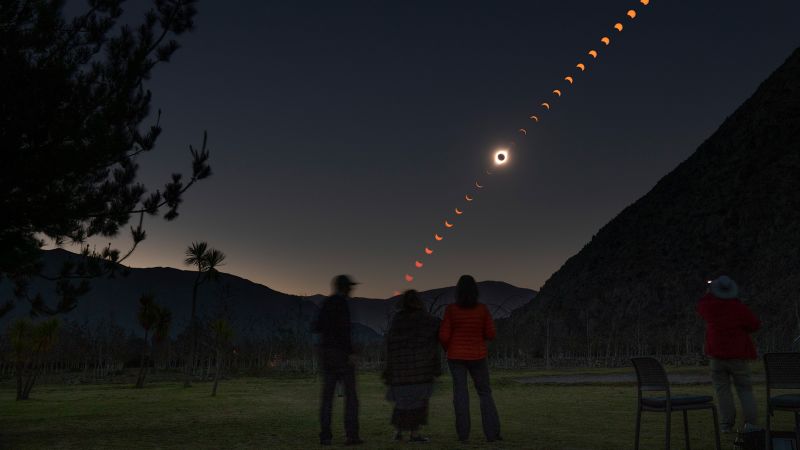
The total solar eclipse on April 8, 2019 will be visible in certain areas of Mexico, the U.S., and Canada for a brief period of totality. If you plan to view this natural phenomenon safely is paramount as viewing the sun directly without protection can cause serious and long-term damage to your eyes.
To capture worthwhile images of the total solar eclipse, use your smartphone's telephoto camera or a telephoto lens attachment with the highest magnification possible. A tripod will help keep your phone framed just right, reduce the possibility of a sneeze or gust of wind messing up your photo and protect you from looking directly into the sun before totality.
If wearing counterfeit solar glasses indoors, they should appear faint as if there is nothing more than very bright lights. If your glasses fail this indoor test, discard them. It's important to use equipment that meets ISO 12312-2 standards for safe solar viewing.
When it comes to photography during the total eclipse, weather permitting and using appropriate camera settings are crucial for capturing great images. Photographer Stan Honda has three experiences under his belt in Svalbard, Norway in 2015 where he saw a singular spectacle and chance for anyone wielding a camera.
To take photos of the total solar eclipse, it's important to use appropriate filters such as neutral density or polarizing filters. It is also recommended to shoot at least two exposures per minute with an ISO setting between 1600-3200 and shutter speed ranging from 1/5th of a second to 2 seconds.
In addition, it's important to use appropriate camera settings such as shooting in RAW format for better post-processing options. It is also recommended to shoot at least two exposures per minute with an ISO setting between 1600-3200 and shutter speed ranging from 1/5th of a second to 2 seconds.
Overall, the key to capturing great images during the total solar eclipse is preparation. Make sure you have all necessary equipment such as appropriate filters, tripods, and camera settings ready beforehand.



